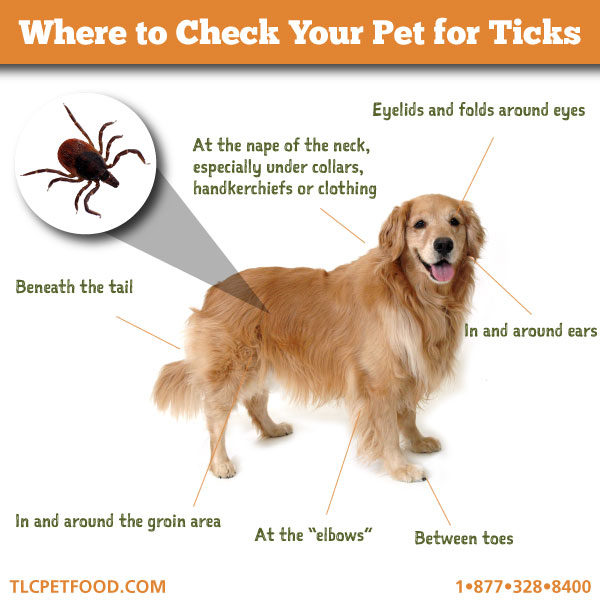Tick Talk: Protecting Your Dog from Ticks
TLC discusses how to protect your dog from ticks and what to do if you find a tick on your pet!
Spring is well underway, and with warmer weather and more time spent outdoors comes the unwelcome arrival of tick season! With ticks becoming an ever-increasing concern for pet owners, we’re laying out our best advice for protecting your pet and knowing what to do in the event they do pick up a tick.
BEFORE YOU SPEND TIME OUTDOORS
- There are a variety of ticks found all over North America and several different species. Research your destination before leaving to determine the risk level for tick bites. As well, learn the kind of tick native to the area and any associated diseases they might carry.
- Purchase a tick and flea collar and speak with your vet to find a repellant lotion. As well, there are oral medications safe for pets.
- Pack a tick-removal kit or bring tweezers, an iodine scrub, rubbing alcohol, and shampoo.
HOW TO CHECK FOR TICKS
- Ticks prefer humid, moist environments and are most often found in heavily wooded areas, brush, and overgrown grass. If you control where you set up camp, choose a clearing away from the woods.
- Avoid letting your pet take off into the woods or romp through the brush. Also, stop to check your pet for ticks often if going on long hikes, portaging, or spending time in marshy areas.
WHEN YOU’RE SPENDING TIME OUTDOORS
Ticks feast on blood and seek out warm-moving animals like dogs, cats, and humans. Depending on the tick, they latch onto their host and can feast for several hours up to several days! Diseases found in ticks are transmitted up to 24-36 hours after the initial bite. Early detection and removal are even more important.
To check your pet for ticks, run your hands over their body and feel for any unusual lumps or bumps and watch their skin for any signs of irritation.
Tick Talk
REMOVING A TICK FROM YOUR PET
Although you may feel squeamish about removing a tick from your pet yourself, doing so can help prevent your pet from contracting a disease from the bite. If you can’t successfully remove the tick yourself, be sure to see a healthcare provider ASAP. Always follow up with your vet after a tick bite if you have concerns about your pet’s well-being.
Use these tips to know how to remove a tick from your pet’s body successfully:
- To help calm your pet and keep them from moving during the process, always have another person present to help.
- If a tick is found before it has successfully attached, remove it from your pet using a pair of tweezers. Always wash your hands and never crush a tick. Doing so can inadvertently spread disease.
- If the tick is found after it’s attached, use the tweezers to grasp the tick as close to your pet’s body as possible.
- When you feel you have a firm grip on the tick, slowly but firmly begin pulling the tick in an outwards direction away from your pet’s body.
- Avoid pulling too quickly, jerking, or twisting the tweezers; this could cause parts of the tick to break off underneath the skin where you can’t grab it.
- After removal, use iodine scrub to clean the area and follow with rubbing alcohol. Finally, give your pet a bath using shampoo and warm water to clean the affected area thoroughly.
- Consider placing the tick in a plastic bottle or container with a moist cotton ball and bring it with you to the vet to have it identified.
- Monitor your pet and the site of the bite for signs of illness or infection.
- Seek medical attention immediately if you feel your pet may have contracted a disease or has an infection caused by the bite.
